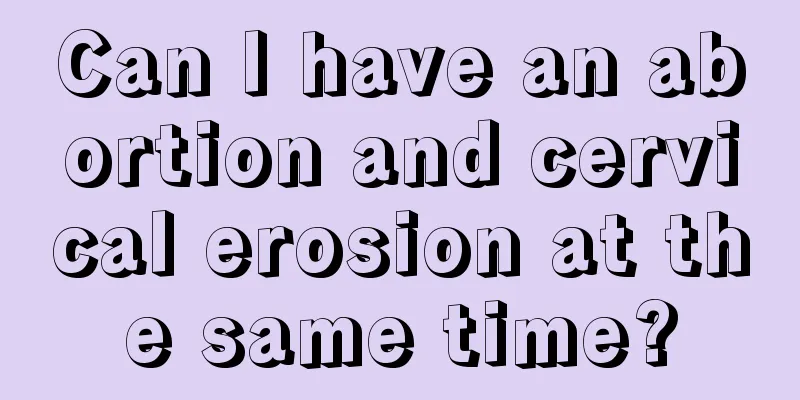What to do with uterine fibroids at the age of 50

|
Uterine fibroids are a common disease of the female reproductive system. They are a type of benign tumor and one of the most common tumors in the human body. Uterine fibroids can occur in women of any age and have a serious impact on their health. Especially after women over 50 suffer from uterine fibroids, they are very concerned about the solution. So, what should you do if you have uterine fibroids at the age of 50? Let’s take a closer look below. 1. Follow-up observation If the patient has no obvious symptoms and no signs of malignancy, regular follow-up observation can be performed. 2. Medication (1) Gonadotropin-releasing hormone agonists (GnRH-a) Currently, the commonly used GnRH-a in clinical practice include leuprorelin (Enanton), goserelin (Zoleide), triptorelin (Dapiga), etc. GnRH-a should not be used continuously for a long time. It is only used for pretreatment before surgery, generally for 3 to 6 months, to avoid causing severe menopausal symptoms caused by low estrogen. A small dose of estrogen can also be supplemented at the same time to counteract this side effect. (2) Mifepristone is a progesterone antagonist that has been clinically tried in recent years to treat uterine fibroids. It can reduce the size of fibroids, but the fibroids often grow again after discontinuation of the drug. (3) Danazol is used for preoperative medication or treatment of uterine fibroids that are not suitable for surgery. Uterine fibroids may grow larger after medication is stopped. Danazol can cause liver damage and androgen-induced side effects (weight gain, acne, hoarse voice, etc.). (4) Tamoxifen can inhibit the growth of fibroids. However, long-term use may cause enlargement of uterine fibroids in some patients, and may even induce endometriosis and endometrial cancer, so this should be paid attention to. (5) Commonly used androgen drugs include methyltestosterone (methyltestosterone) and testosterone propionate (testosterone propionate), which can inhibit the growth of fibroids. The dosage should be used carefully to avoid virilization. During the bleeding period of patients with uterine fibroids, if the amount of bleeding is heavy, uterine contractants (such as oxytocin, ergot) and hemostatic drugs (such as hemostatic acid, aminobenzoic acid (hemostatic aromatic acid), lizhihemostasis, Panax notoginseng tablets, etc.) can also be used, which can play a certain degree of auxiliary hemostatic effect. The above is an introduction to what to do if you are 50 years old with uterine fibroids. I hope it will be helpful to patients. There are many methods to treat uterine fibroids. After suffering from this disease, it is best not to blindly use various drugs for treatment. The key is to choose a method that suits you. It is very necessary to go to a regular hospital for diagnosis and treatment. Patients should pay attention to this. |
<<: What should I pay attention to after uterine septum surgery?
>>: Is it OK to eat chocolate during menstruation?
Recommend
What causes accessory breast pain? The answer turned out to be this
Many people will not feel pain after having acces...
Case of 8-month pregnancy after cesarean section
In daily life, we will encounter some mothers who...
Pain in the vagina near due date
In life, many women often feel pain in their lowe...
How long does it take for the body temperature to drop before ovulation
In order to get pregnant as soon as possible, man...
All six hormone levels are normal.
When conducting six sex hormone tests, if all are...
Say goodbye to "sailors": revealing the solution to hyperhidrosis of hands
Author: Liu Yanguo, Chief Physician, Peking Unive...
What causes swollen and itchy palms?
Swollen and itchy palms may be caused by allergie...
Can naturally small breasts become bigger?
The breasts are an important part of a woman'...
Black blood during pregnancy
If you experience black blood discharge during th...
Can I watch TV after induced labor?
After induced labor, pregnant women's bodies ...
What is the ecological role of tropical rainforests? Importance of tropical rainforests
The tropical rainforest is the most powerful ecos...
Professor Zhi Xiuyi | Genetic testing to protect lung cancer treatment
Professor Zhi Xiuyi National Health Science Exper...
Can breastfeeding mothers eat watermelon?
Mothers must pay attention to their diet when the...
What causes less menstrual flow?
Normal menarche is a symptom that every healthy w...
The medication is so painful
In modern society, the number of women experienci...









